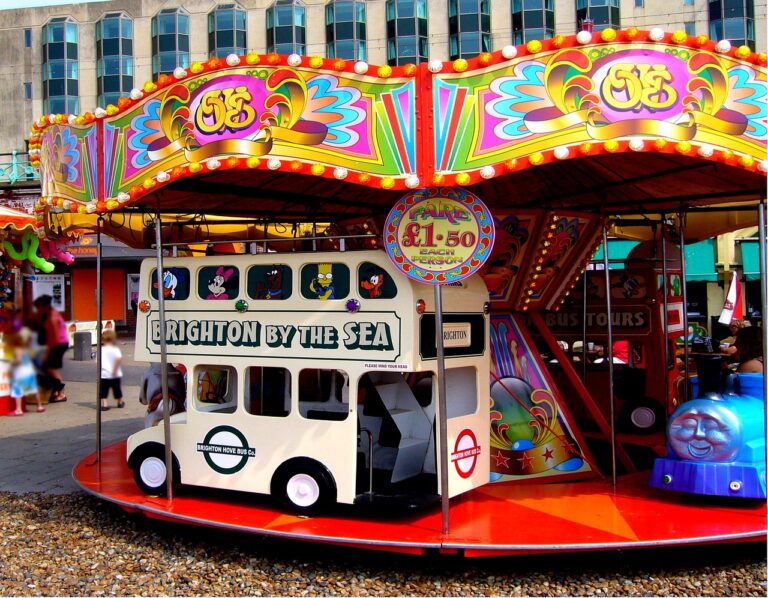Exploring the World of Immersive Art Installations
Immersive art installations are dynamic artworks that go beyond traditional visual or auditory stimulation. They envelop viewers in a multisensory experience, blurring the boundaries between the physical space and the artwork itself. These installations often incorporate elements such as lighting, sound, projections, and interactive components to engage the audience in a fully immersive environment.
Unlike conventional static art pieces, immersive installations encourage active participation from viewers, prompting them to explore, interact, and even become part of the artwork. By creating a captivating and immersive atmosphere, these installations aim to evoke emotional responses, provoke thought, and transport individuals to a different realm altogether. As technology continues to evolve, artists are pushing the boundaries of what is possible, creating increasingly innovative and transformative immersive art experiences for audiences around the world.
The History of Immersive Art Installations
Immersive art installations have a rich history that dates back to the early 20th century. Artists began experimenting with creating environments that enveloped the viewer and transported them into a different world. One of the pioneers of immersive art installations was American artist Edward Kienholz, who in the 1960s created intricate, room-sized installations that invited viewers to step inside and experience the artwork from all angles.
The 1990s saw a surge in popularity of immersive art installations, with artists like Yayoi Kusama gaining international recognition for her captivating and immersive environments. Kusama’s iconic “Infinity Rooms” allowed viewers to experience a sense of endless space and infinite reflections, blurring the boundaries between the viewer and the artwork. Since then, immersive art installations have continued to evolve and push the boundaries of traditional art forms, offering viewers a truly immersive and unforgettable experience.
What are Immersive Art Installations?
Immersive art installations are art pieces that fully engage the viewer’s senses, creating a unique and interactive experience that surrounds them.
When did immersive art installations first become popular?
Immersive art installations have been around for centuries, but they gained popularity in the 20th century with the rise of experimental and interactive art movements.
What makes immersive art installations different from traditional art?
Immersive art installations go beyond the traditional boundaries of art by incorporating elements that surround and engage the viewer, creating a fully immersive experience.
How are immersive art installations created?
Immersive art installations are created using a combination of various mediums such as sound, light, video, and technology to create a multisensory experience for the viewer.
Can anyone create an immersive art installation?
While anyone can create an immersive art installation, it often requires a combination of artistic vision, technical skills, and creativity to effectively engage the viewer in a fully immersive experience.





